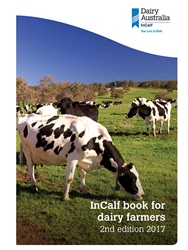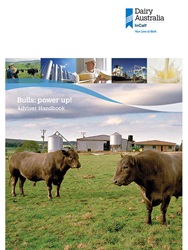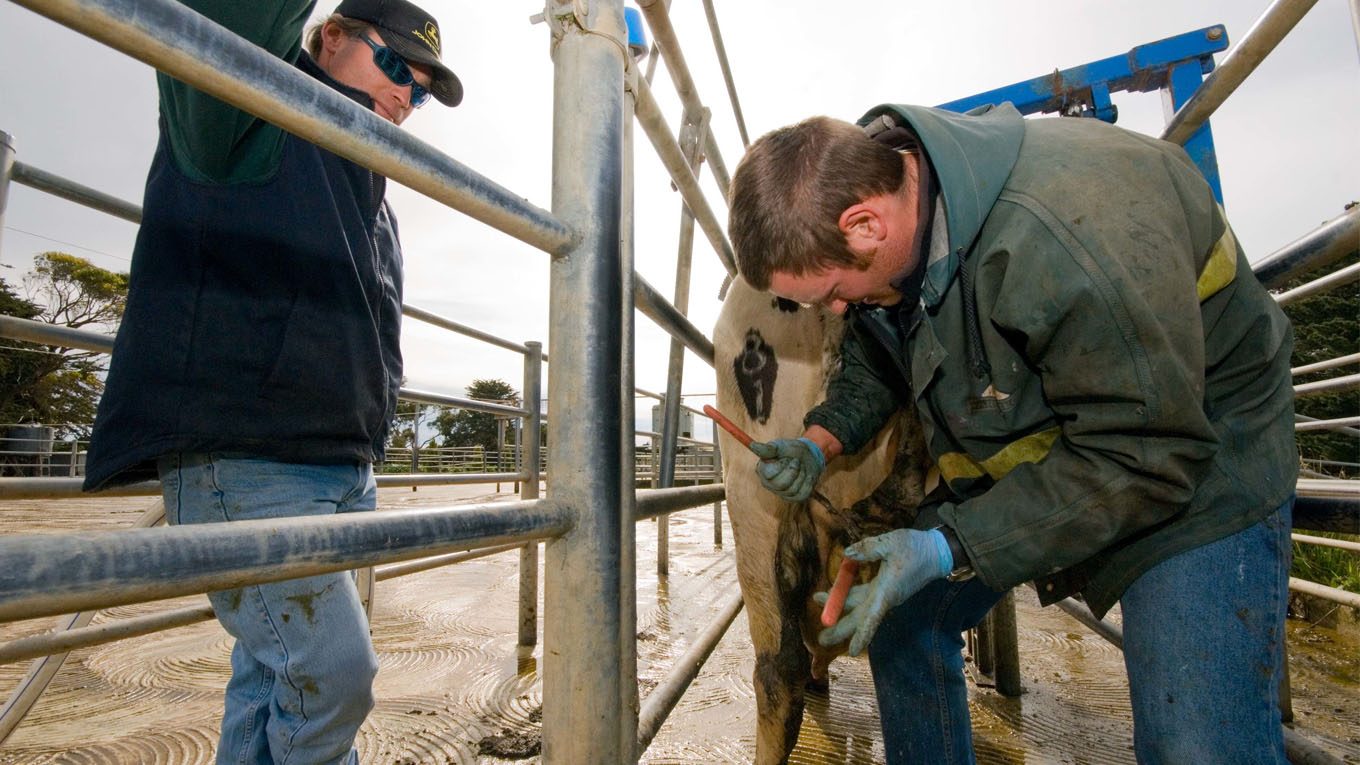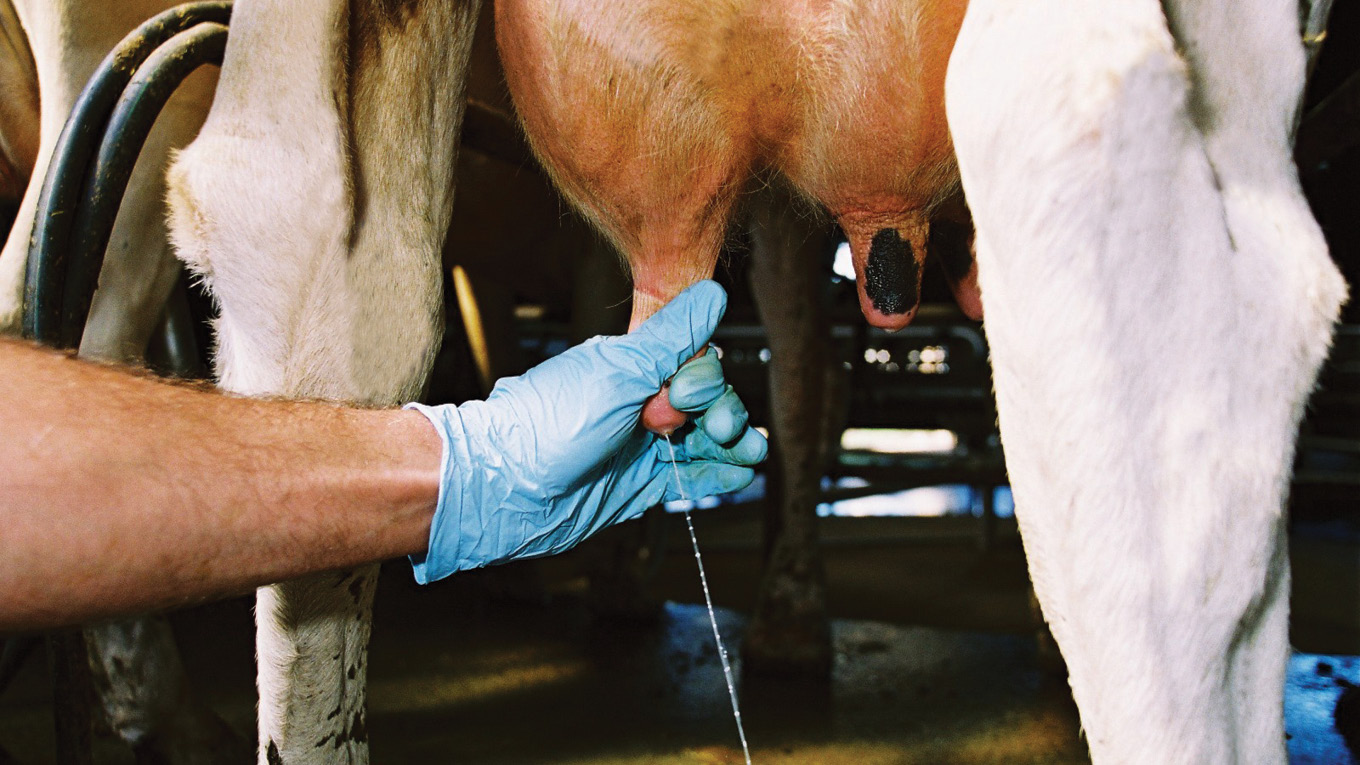Bulls
Bull management
Poor bull management can have a significant impact on herd reproductive performance. The consequences of poor bull management in the milking herd and heifers can include:
- high not-in-calf rates
- a spread in conceptions that can affect calving pattern
- spread of disease
- adverse animal welfare.
Ensuring good bull performance requires management of three key areas: selection and rearing of bulls, day-to-day management of working bulls and bull power.
Good bull management means:
- Running adequate numbers of healthy, fertility-tested, well-grown bulls with the herd.
- Reducing the stresses to bulls such as those caused by heat, over-working or dominant animals.
- Handling bulls to minimise the risk of injury to people and animals.
Bulls should always be included in a biosecurity plan. If possible, buy virgin bulls to reduce the risk of introduction of venereal diseases into your the herd.
Bull power - have I got enough bulls?
Not having enough bulls is one of the major contributors of high not-in-calf rates. To make sure you have enough bulls, use the InCalf's Bulls: power up! factsheet
Seasonal/split calving herds – using AI and bulls
- 3 bulls for every 100 cows at mating start date/start of AI (no synchrony)
- 4 per 100 at mating start date/start of AI (no synchrony)
- 6 per 100 at mating start date (no AI).
Year-round calving herds
- 2 bulls for every 100 milking cows
Use the reminder card with the number of bulls needed for the herd as a visual reminder in the dairy.
BULLCHECK® (Veterinary Bull Breeding Soundness Evaluation)
A BULLCHECK® (Veterinary Bull Breeding Soundness Evaluation) is the best way to identify and remove bulls at risk of infertility and those bulls not fit for work.
Australian research has found that a high proportion, up to 50%, of dairy herd bulls are sub-fertile.
These bulls appear normal and cannot be identified by looking at them in the paddock. A large number of fertility problems are not externally obvious, occurring in the semen, testicle or penis.
The BULLCHECK® is a cost-effective way of identifying and removing most low fertility bulls from the team. The BULLCHECK® comprises 3 parts:
Physical examination – This involves examination of the bull for size, body condition, eyes, conformation, feet and legs and mobility. The bull’s penis, prepuce, scrotum, testicles and internal sexual organs are also examined. Bulls need to have no detectable abnormalities to pass.
Semen evaluation – This involves collecting a semen sample from the bull and sending it to a laboratory for microscopic examination. Bulls need >70% normal sperm to pass.
Serving ability test – Usually conducted only if a serving problem is suspected.
Passing BULLCHECK® does not guarantee that a bull will perform well at the next mating periods due to the risk of breakdowns, illness and injury. However, if a bull fails BULLCHECK®, it is highly unlikely it will be able to perform at the next mating period.
To find a BULLCHECK® accredited veterinarian click here.





